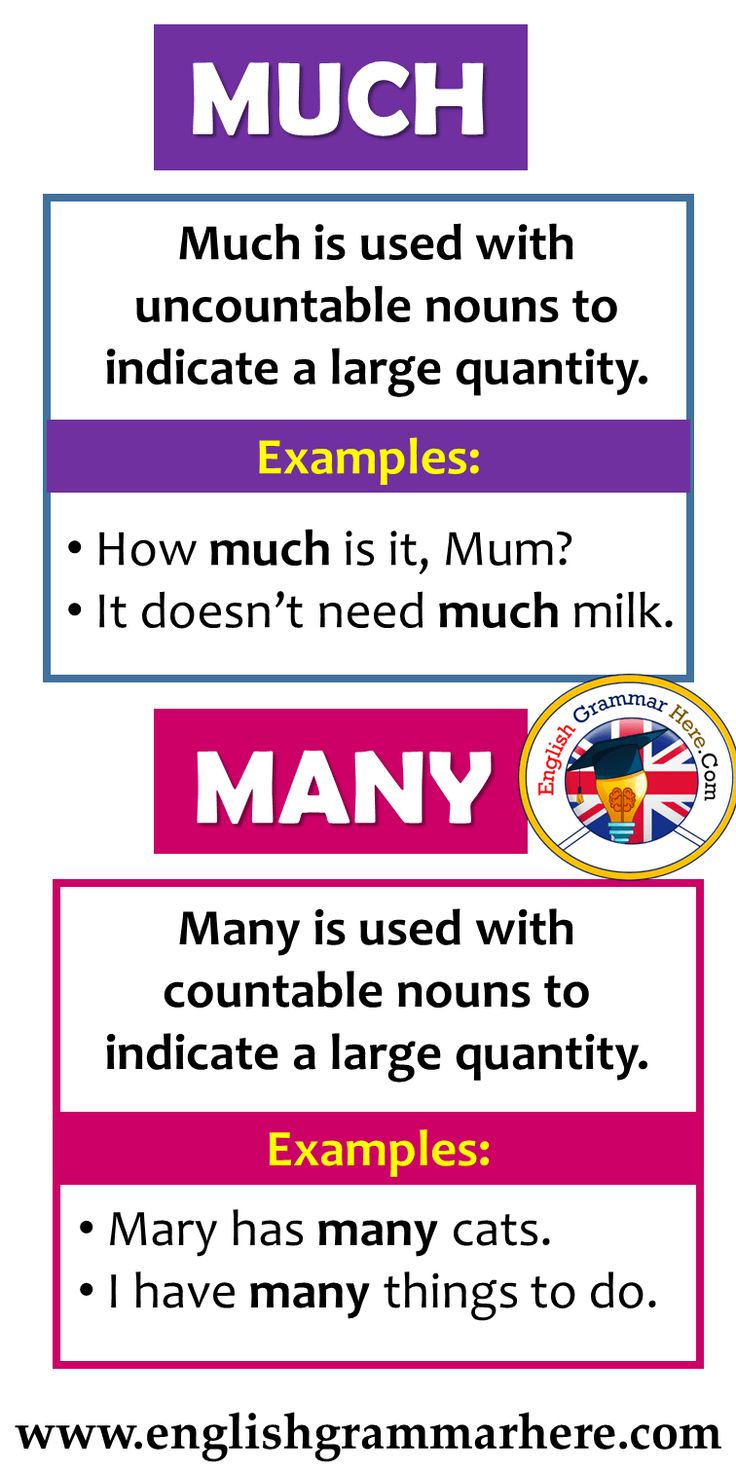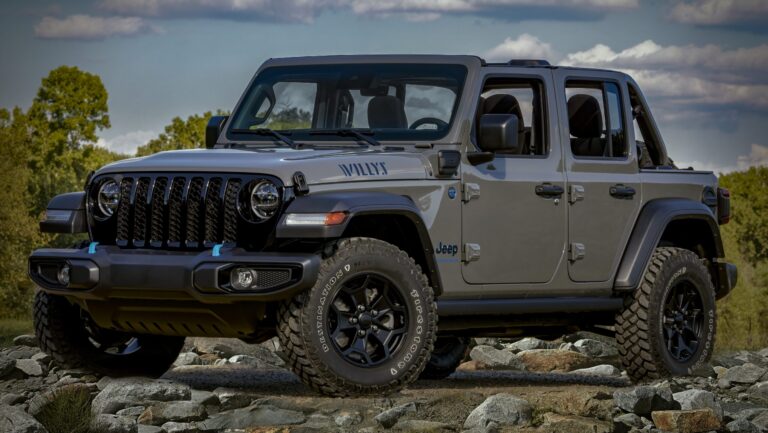How Much Does The Jeep Wrangler Unlimited Weigh?
How Much Does The Jeep Wrangler Unlimited Weigh? jeeps.truckstrend.com
The Jeep Wrangler Unlimited, with its iconic design and unparalleled off-road prowess, holds a special place in the hearts of adventurers and daily drivers alike. But beneath its rugged exterior and go-anywhere spirit lies a crucial factor that significantly influences everything from its fuel economy and on-road handling to its off-road capability and towing capacity: its weight. Understanding "how much does the Jeep Wrangler Unlimited weigh" is not just a matter of curiosity; it’s essential for owners, prospective buyers, and anyone planning modifications or specific uses for their vehicle. This comprehensive guide will delve into the various aspects of the Wrangler Unlimited’s weight, exploring the factors that influence it, its implications, and practical advice for navigating this often-overlooked specification.
The Foundation: Understanding Curb Weight
How Much Does The Jeep Wrangler Unlimited Weigh?
When discussing vehicle weight, the primary figure to consider is "curb weight." Curb weight refers to the total weight of a vehicle with all its standard equipment, fluids (like engine oil, coolant, and a full tank of fuel), but without passengers or cargo. It represents the vehicle in its ready-to-drive state as it rolls off the assembly line.
The Jeep Wrangler Unlimited, being a four-door variant, is inherently heavier than its two-door sibling due to its longer wheelbase, additional doors, and larger interior volume. However, even within the Unlimited lineup, there’s a significant range in curb weight, influenced by model year, trim level, engine choice, transmission type, and optional features.
General Curb Weight Ranges for Jeep Wrangler Unlimited:
- JK Generation (2007-2018): These models typically ranged from approximately 4,000 lbs to 4,500 lbs (1,814 kg to 2,041 kg). The heavier end of the spectrum would include Rubicon models with more robust axles and features.
- JL Generation (2018-Present): The current generation saw some design changes, including the strategic use of aluminum for certain components (doors, hood, tailgate) to reduce weight, while also adding more technology and options. As a result, JL Wrangler Unlimited models generally weigh between 4,100 lbs and 5,200 lbs (1,860 kg to 2,360 kg). The higher end of this range is largely due to the introduction of heavier powertrains like the 4xe plug-in hybrid and the 392 V8.
These figures are crucial starting points, but they only tell part of the story. The true weight of your specific Wrangler Unlimited can vary considerably based on the factors discussed next.

Key Factors Influencing Wrangler Unlimited Weight
Several elements contribute to the final curb weight of a Jeep Wrangler Unlimited. Understanding these can help you pinpoint why one model might be heavier than another.
-
Engine Type: This is perhaps the most significant differentiator.

- 3.6L Pentastar V6: A workhorse engine, it’s a relatively balanced option in terms of weight.
- 2.0L Turbo Inline-4: Despite being smaller, the turbocharger and associated components can make it surprisingly comparable in weight to the V6, sometimes even slightly heavier due to additional emission controls.
- 3.0L EcoDiesel V6: Diesel engines are typically heavier than their gasoline counterparts due to their more robust construction and additional emissions equipment. This adds a noticeable amount of weight.
- 6.4L HEMI V8 (Wrangler Rubicon 392): The powerful V8 is a substantial lump of metal, making the Rubicon 392 the heaviest gasoline-powered Wrangler Unlimited.
- 2.0L Turbo 4xe Plug-in Hybrid: This powertrain includes the 2.0L turbo engine, two electric motors, and a large battery pack. The battery alone adds hundreds of pounds, making the 4xe models the heaviest of the entire Wrangler Unlimited lineup.

-
Transmission:
- Manual Transmission: Generally lighter than an automatic transmission.
- Automatic Transmission: Typically adds a small amount of weight compared to its manual counterpart.
-
Doors and Top Configuration:
- Hardtop: The three-piece modular hardtop is significantly heavier than the soft top option.
- Soft Top: Lighter and easily removable.
- Sky One-Touch Power Top: While convenient, the complex mechanism and materials add weight.
- Half Doors vs. Full Doors: Half doors, being smaller and often simpler in construction, are lighter than full doors.
-
Trim Level and Factory Options:
- Sport/Sport S: These base models typically have the lowest curb weights.
- Sahara: Often includes more creature comforts, larger wheels, and body-colored fenders/hardtops, adding some weight.
- Rubicon: Designed for extreme off-roading, the Rubicon comes with heavy-duty Dana 44 axles, electronic locking differentials, a disconnecting sway bar, larger tires, and rock rails, all of which contribute to a higher curb weight.
- High Altitude/Overland/Other Special Editions: These trims often bundle premium features, larger wheels, and sometimes additional body armor, increasing weight.
- Optional Packages: Features like upgraded sound systems, heavy-duty bumpers, winches (factory installed), larger wheels, and specific off-road packages all incrementally add weight.
-
Material Construction (JL vs. JK): The JL generation incorporated lightweight aluminum for the doors, hood, and tailgate, which helped offset some of the weight added by new features and safety equipment. While this might make a JL seem lighter on paper, the overall weight often remains similar or higher due to other additions.
Beyond Curb Weight: GVWR and GCWR
While curb weight is important, two other weight ratings are critical for safety and legal compliance:
- Gross Vehicle Weight Rating (GVWR): This is the maximum permissible total weight of your fully loaded vehicle, including the curb weight, passengers, cargo, and any accessories or modifications. Exceeding the GVWR can compromise handling, braking, and structural integrity, and it’s illegal. For a Jeep Wrangler Unlimited, GVWR typically ranges from 5,500 lbs to 6,500 lbs (2,495 kg to 2,950 kg), depending on the specific model and configuration.
- Gross Combined Weight Rating (GCWR): This is the maximum permissible total weight of the vehicle and a loaded trailer, including all passengers and cargo in the vehicle and on the trailer. It represents the maximum weight the powertrain and chassis can safely handle while towing. Wrangler Unlimited GCWRs vary significantly based on engine and axle ratio, but generally fall between 8,000 lbs and 10,000 lbs (3,630 kg to 4,535 kg).
Always check your specific vehicle’s door jamb sticker or owner’s manual for its precise GVWR, GCWR, and Gross Axle Weight Ratings (GAWR), as these are legally binding limits.
The Impact of Weight on Performance and Practicality
The weight of your Jeep Wrangler Unlimited has far-reaching implications:
- Fuel Economy: Simply put, more weight equals more fuel consumption. A heavier vehicle requires more energy to accelerate and maintain speed, leading to lower miles per gallon (MPG).
- Off-Roading: While some weight can aid stability, excessive weight can hinder off-road performance. It increases the risk of getting stuck, puts more stress on drivetrain components, and can negatively impact approach, departure, and breakover angles. Weight distribution is also key; a well-balanced heavier rig can outperform an unbalanced lighter one.
- Towing Capacity: The curb weight, combined with the vehicle’s engine power and axle ratio, directly influences its maximum towing capacity. The Unlimited’s towing capacity typically ranges from 3,500 lbs to 5,000 lbs (1,588 kg to 2,268 kg), with the higher end achieved by specific engine and gearing combinations.
- Handling and Ride Quality: A heavier vehicle can feel more planted on the road but might also exhibit more body roll in turns. The suspension system needs to be adequately rated to handle the vehicle’s weight to ensure a comfortable and controlled ride.
- Braking Performance: Heavier vehicles require longer distances to stop, placing more strain on the braking system.
- Modifications: Aftermarket parts like steel bumpers, winches, larger tires, rock sliders, and roof racks can add hundreds of pounds to your Wrangler. If you plan significant modifications, you must account for the added weight and likely upgrade your suspension (springs and shocks) to maintain proper ride height, handling, and load-bearing capacity.
Practical Advice and Actionable Insights
Knowing your Wrangler Unlimited’s weight is crucial for safe and optimal operation. Here’s what you can do:
- Check Your Door Jamb Sticker: This sticker, typically located on the driver’s side door frame, provides your specific vehicle’s GVWR, GAWR (Gross Axle Weight Rating), and tire pressure recommendations. This is your definitive source for weight limits.
- Consult Your Owner’s Manual: It will provide detailed information on curb weight ranges, towing capacities, and specific weight considerations for your model year and trim.
- Weigh Your Vehicle: For serious off-road builds or overland rigs, consider taking your loaded vehicle to a public scale (often found at truck stops or recycling centers) to get an accurate measurement of its actual weight. This is especially important after significant modifications.
- Plan Modifications Strategically: If adding heavy accessories, research lightweight alternatives (e.g., aluminum bumpers instead of steel) or factor in the need for suspension upgrades. Neglecting to upgrade suspension for added weight can lead to a saggy ride, poor handling, and premature wear of components.
- Distribute Weight Evenly: When loading your Wrangler Unlimited for a trip, try to distribute cargo weight as evenly as possible to maintain balance and stability, especially when off-roading.
- Don’t Overload: Always respect your vehicle’s GVWR and GCWR. Overloading is not only unsafe but can also void warranties and lead to costly repairs.
Table: Estimated Curb Weight Ranges for Jeep Wrangler Unlimited (JL Generation)
The following table provides estimated curb weight ranges for various configurations of the JL generation Jeep Wrangler Unlimited. Please note that exact weights can vary slightly by model year, specific factory options, and minor manufacturing tolerances. These figures are for the 4-door Unlimited models only.
| Model Year Range | Trim Level | Engine Option | Transmission | Estimated Curb Weight Range (lbs) | Notes / Key Features |
|---|---|---|---|---|---|
| 2018-Present | Sport / Sport S | 3.6L Pentastar V6 | Auto/Manual | 4,100 – 4,300 | Base models, lighter options |
| 2018-Present | Sport / Sport S | 2.0L Turbo I4 | Automatic | 4,200 – 4,400 | Turbocharged engine, often slightly heavier |
| 2018-Present | Sahara | 3.6L Pentastar V6 | Automatic | 4,300 – 4,500 | More features, larger wheels |
| 2018-Present | Sahara | 2.0L Turbo I4 | Automatic | 4,400 – 4,600 | Premium trim with turbo power |
| 2020-Present | Sahara / Rubicon | 3.0L EcoDiesel V6 | Automatic | 4,700 – 4,900 | Diesel engine adds significant weight |
| 2018-Present | Rubicon | 3.6L Pentastar V6 | Auto/Manual | 4,500 – 4,700 | Heavy-duty axles, lockers, larger tires, rock rails |
| 2018-Present | Rubicon | 2.0L Turbo I4 | Automatic | 4,600 – 4,800 | Rubicon features with turbo engine |
| 2021-Present | Rubicon 392 | 6.4L HEMI V8 | Automatic | 5,000 – 5,200 | Most powerful gasoline model, heaviest due to V8 |
| 2021-Present | 4xe (Sahara/Rubi) | 2.0L Turbo I4 Hybrid | Automatic | 5,100 – 5,300 | Plug-in hybrid with large battery, heaviest overall |
Note: These are estimated ranges. Always refer to your specific vehicle’s documentation for precise figures.
Frequently Asked Questions (FAQ)
Q1: Is the Jeep Wrangler Unlimited heavier than the 2-door Wrangler?
A1: Yes, absolutely. The Unlimited (4-door) model has a longer wheelbase, two additional doors, and more interior volume, making it significantly heavier than its 2-door counterpart, typically by several hundred pounds.
Q2: Does the Wrangler 4xe weigh more than a gas-powered Wrangler Unlimited?
A2: Yes, the Wrangler 4xe is the heaviest model in the lineup. Its plug-in hybrid system includes a large battery pack and electric motors, which add several hundred pounds compared to a comparable gasoline-only model.
Q3: How much weight does the hardtop add compared to a soft top?
A3: While exact figures vary, a hardtop can add anywhere from 50 to 100 pounds (or more for the Sky One-Touch Power Top) compared to a standard soft top.
Q4: How much weight do aftermarket bumpers and winches add?
A4: Aftermarket steel bumpers (front and rear) and a winch can easily add 150 to 300 pounds or more to your Wrangler’s curb weight. This is a common reason why suspension upgrades are necessary for modified Jeeps.
Q5: Why is knowing my Wrangler’s weight important?
A5: Knowing your Wrangler’s weight is crucial for:
- Safety: Ensuring you don’t exceed GVWR, which can compromise handling and braking.
- Performance: Understanding its impact on fuel economy, acceleration, and off-road capability.
- Towing: Adhering to safe towing limits.
- Modifications: Planning for necessary suspension upgrades when adding heavy accessories.
- Legal Compliance: Ensuring you meet road regulations for vehicle weight.
Q6: What is the typical Gross Vehicle Weight Rating (GVWR) of a Wrangler Unlimited?
A6: The GVWR for a Jeep Wrangler Unlimited typically ranges from around 5,500 lbs to 6,500 lbs, depending on the specific model, engine, and factory options. Always check the sticker on your driver’s side door jamb for your vehicle’s exact GVWR.
Conclusion
The question "How much does the Jeep Wrangler Unlimited weigh?" doesn’t have a single, simple answer. It’s a dynamic figure influenced by a multitude of factors, from its generation and trim level to the engine under the hood and the accessories bolted onto its frame. From a nimble 4,100-pound Sport S to a robust 5,300-pound 4xe Rubicon, the weight spectrum of the Unlimited is wide.
Understanding these weight variations is paramount for any Wrangler owner or enthusiast. It directly impacts everything from daily driving dynamics and fuel efficiency to serious off-road performance and safe towing. By being aware of your specific vehicle’s curb weight, GVWR, and the potential weight added by modifications, you can make informed decisions that enhance your Jeep’s capabilities, ensure safety, and preserve its legendary reliability. Ultimately, knowing your Wrangler’s weight is another step in mastering your vehicle and maximizing your adventures, wherever the trail may lead.




